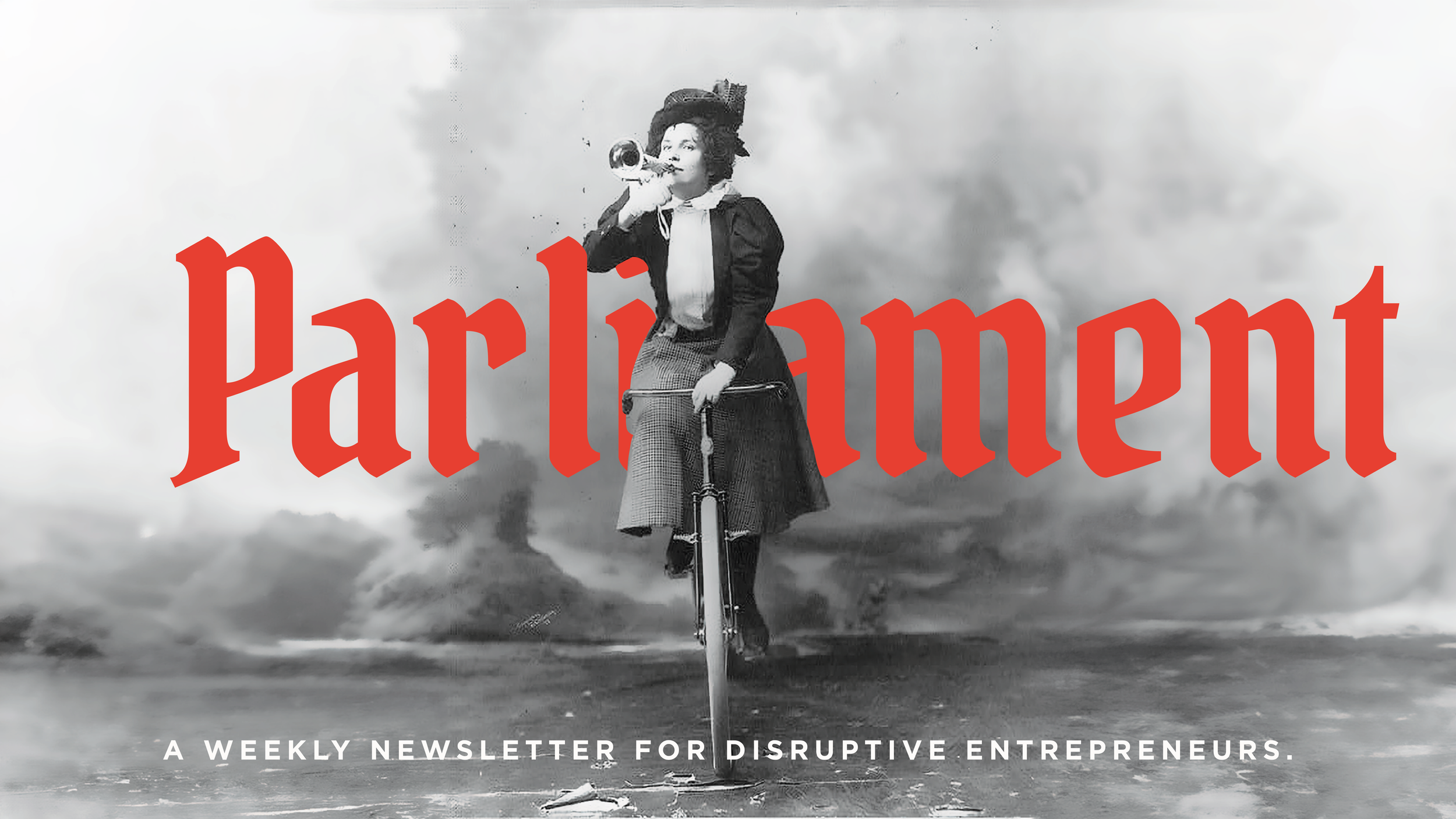The Expectation Gap: Where Relationships Crumble and Brands Falter
Hey there, brand warriors and culture crusaders —
Let's talk about the elephant in the room that's stomping on your company's potential (and maybe your marriage’s too 🤷♀️): misaligned expectations.
It's the silent killer of workplace harmony and the arch-nemesis of your brand's true power.
The Cold, Hard Truth
Here's the deal: Most workplace tension isn't about incompetence or bad intentions. It's about expectations that are as misaligned as a rookie's first attempt at logo design. (Ouch, but true.)
- 👉 82% of employees feel their managers don't recognize them enough for their work. (Gallup)
- 👉 Only 13% of employees strongly agree that their leadership communicates effectively. (Gallup)
Feeling the disconnect? You're not alone.
The Real Cost of Misalignment
This isn't just about hurt feelings and awkward water cooler moments. Misaligned expectations are costing you big time:
1. Productivity Plummets: When people aren't on the same page, work becomes a game of frustrating guesswork.
2. Innovation Stagnates: Misalignment breeds fear, and fear kills creativity faster than Comic Sans kills credibility.
3. Talent Walks: The best people don't stick around in a muddled mess of mixed messages.
The Brand Being Solution
Now, here's where we flip the script. Your brand isn't just a pretty face for the outside world. It's the backbone of your internal culture. Enter: Brand Being.
Defining your Brand Being creates the scaffolding for alignment. It's not about slapping your logo on some mousepads. It's about:
1. Clarity: Crystal-clear communication of who you are and what you stand for.
2. Consistency: A north star that guides every decision, big or small.
3. Connection: A shared identity that turns coworkers into collaborators.
The Hoot Challenge
Ready to disrupt the status quo? Here's your mission:
1. Audit Your Alignment: Where are the cracks in your expectations? Be brutally honest.
2. Define Your Brand Being: Not who you think you should be, but who you truly are.
3. Communicate Like Your Success Depends On It: Because, spoiler alert, it does.
Remember, at Hoot, we're not here to change how the world sees you. We're here to change how you see yourself. Because when you're clear on who you are, aligning expectations becomes second nature.
Ready to transform your workplace from an expectations battleground into a brand-driven powerhouse?
Artwork by Nya McClain, article by Senior Art Director, Bri Thomas
Design Portfolios Need a Reality Check
Why Perfect Pixels Don't Tell the Whole Story
As someone who's reviewed countless portfolios and hired designers, I've come to a controversial conclusion: most design portfolios are selling a fantasy.
They're showcasing an idealized version of design that rarely exists in the real world. Here's why this needs to change.
The Problem with Perfect Portfolios
The Fantasy
Pristine mockups with pixel-perfect execution
Ideal clients who loved every concept
Linear design processes that flow smoothly from A to B
Perfect typography on perfectly sized screens
Case studies that read like fairy tales with happy endings
The Reality
Tight budgets that force compromises
Legacy systems that limit possibilities
Stakeholders with competing visions
Last-minute changes that wreck your grid
Technical constraints that reshape your design
That one VP who "just doesn't like blue"
What We Really Want to See
1. Problem-Solving Under Pressure
How did you handle that client who wanted to fit 50 items in the main navigation?
What did you do when the developer said your animation couldn't be implemented?
Show us the compromise between your perfect vision and technical limitations.
2. Iteration and Adaptation
Display the messy middle.
Show versions that failed and explain why.
Demonstrate how feedback shaped the final product.
Include the sketches, the bad ideas, the dead ends.
3. Real Constraints
Budget limitations and how they affected decisions
Timeline challenges and how you managed them
Technical constraints and how you worked around them
Content compromises and how you adapted
4. Actual Results
Real metrics, not just pretty pictures
User feedback, both positive and negative
Implementation challenges and solutions
Maintenance issues that arose post-launch
Why This Matters
In the real world, design isn't about creating perfect pixels in a vacuum.
It's about solving real problems with real constraints, managing stakeholder expectations, working within technical limitations, meeting business objectives while maintaining design integrity, and balancing user needs with business requirements.
The Bottom Line
The most valuable designer isn't the one who can create the prettiest mockup in ideal conditions. It's the one who can take a difficult brief, navigate challenging constraints, handle tough feedback, and still deliver a solid solution that meets business objectives and user needs.
Your portfolio should reflect this reality. Show us how you think, how you solve problems, and how you handle challenges.
That's what will set you apart in a sea of perfect pixels.


